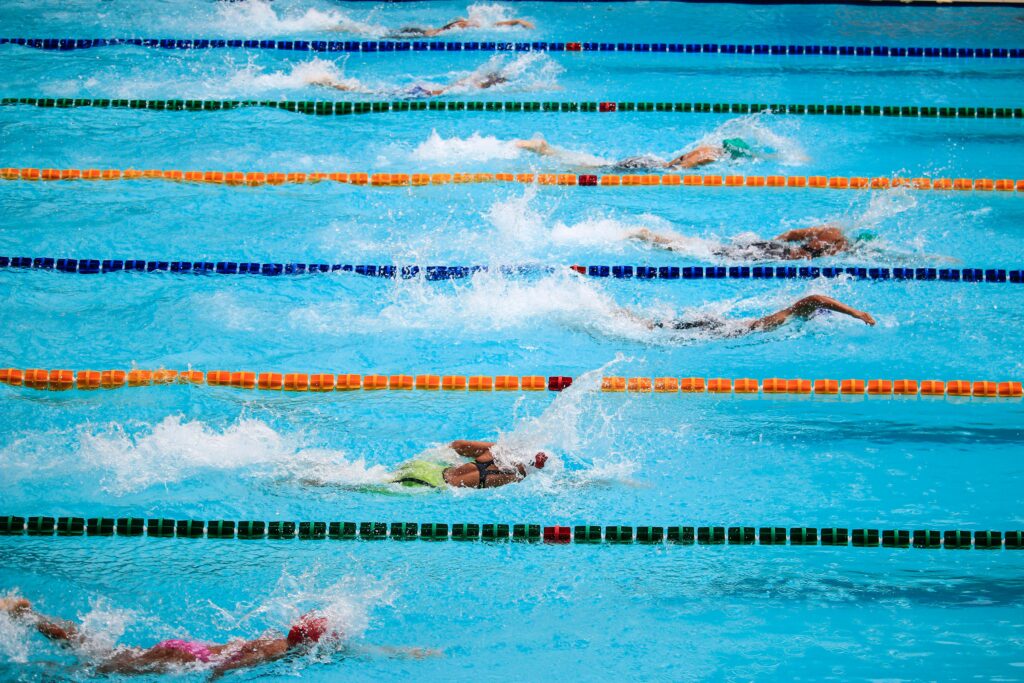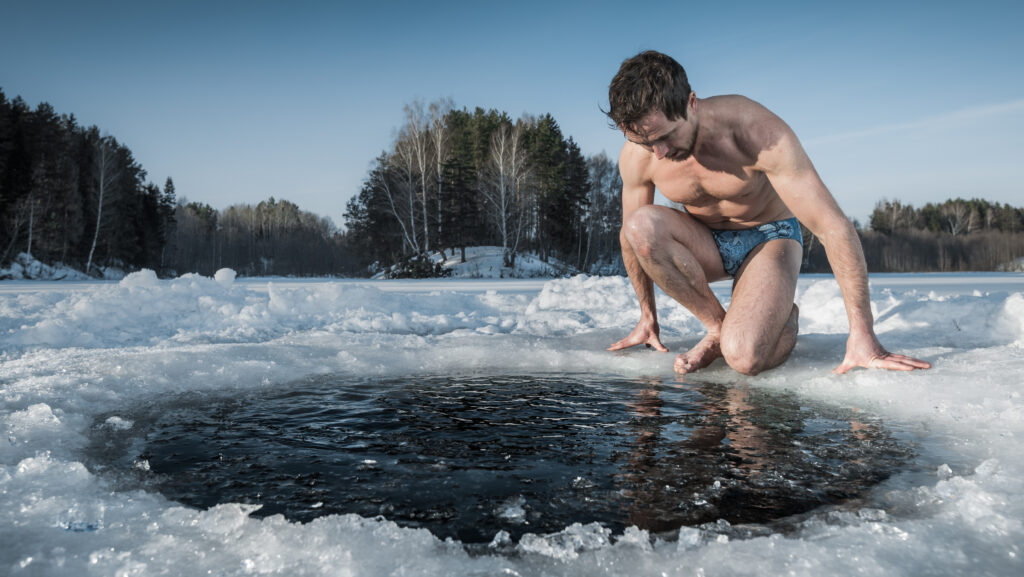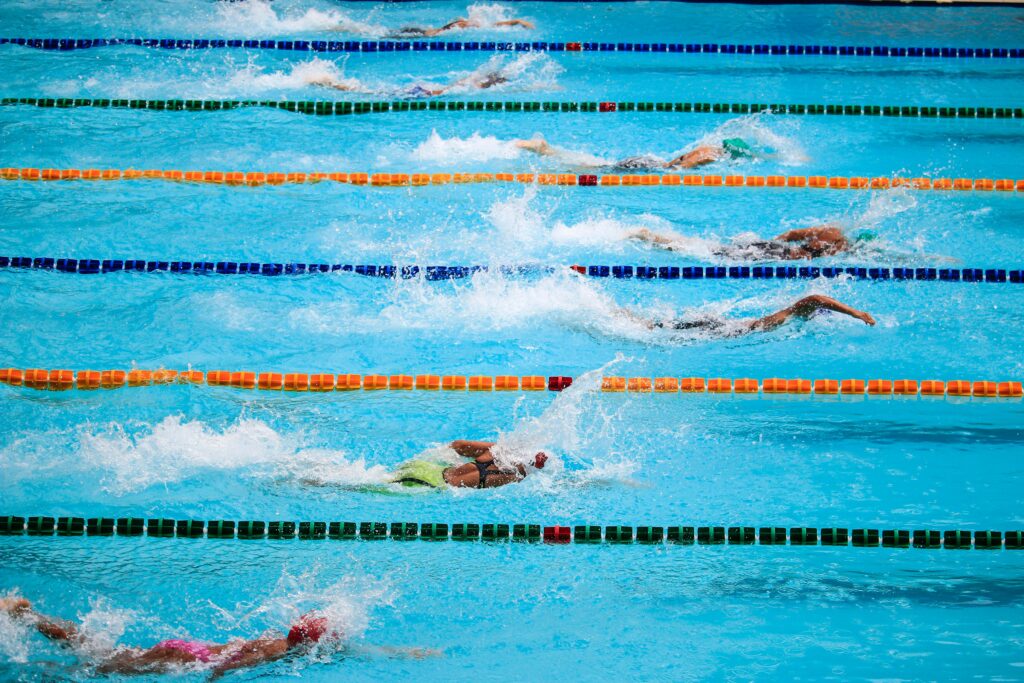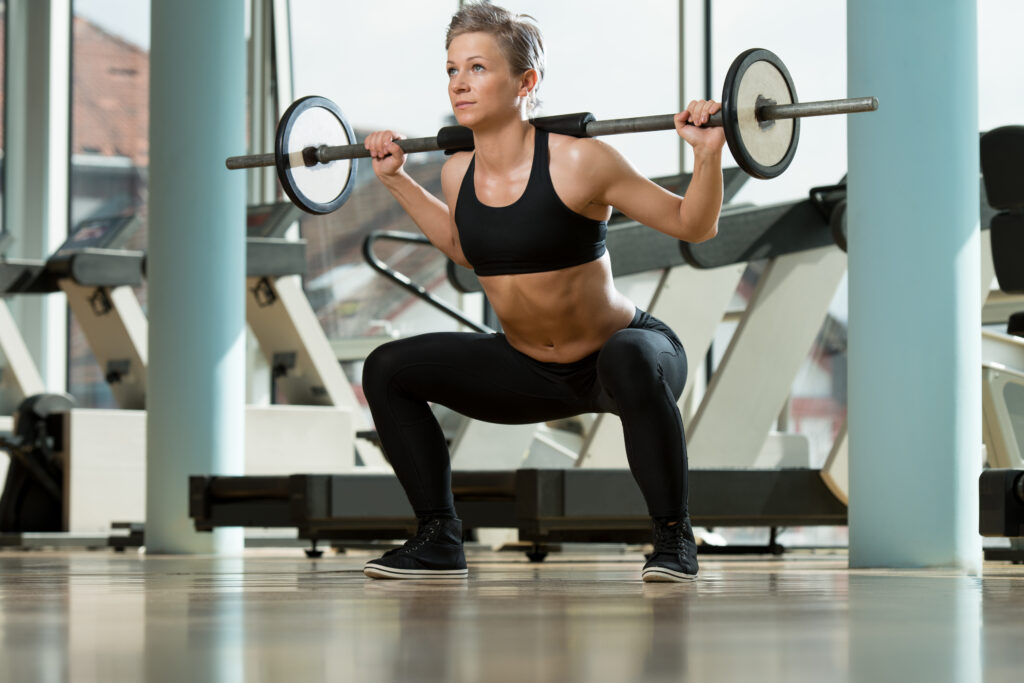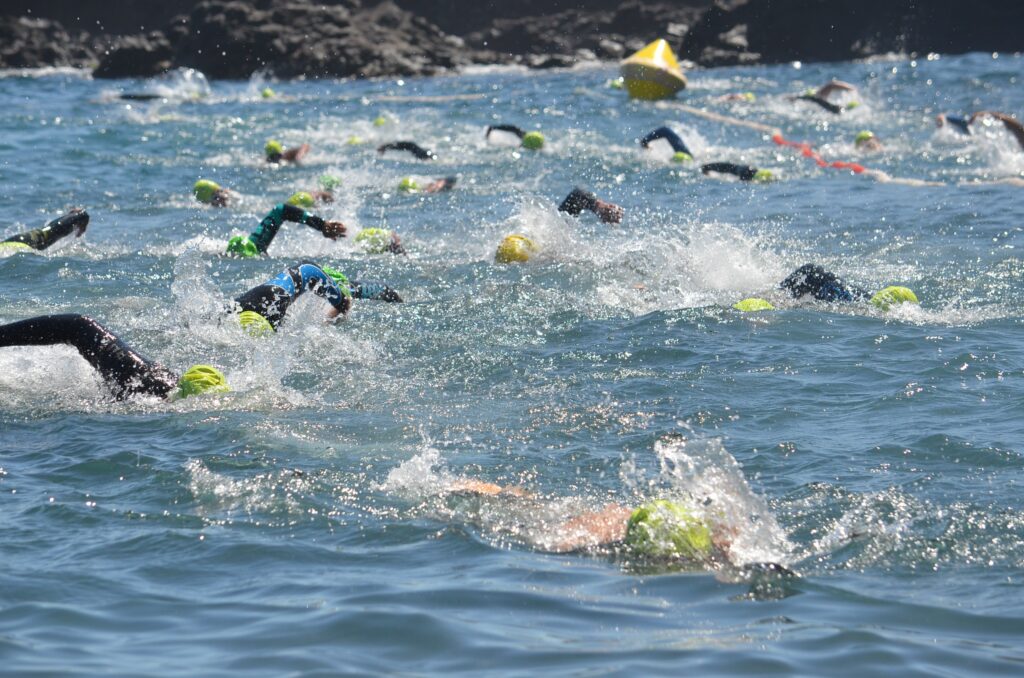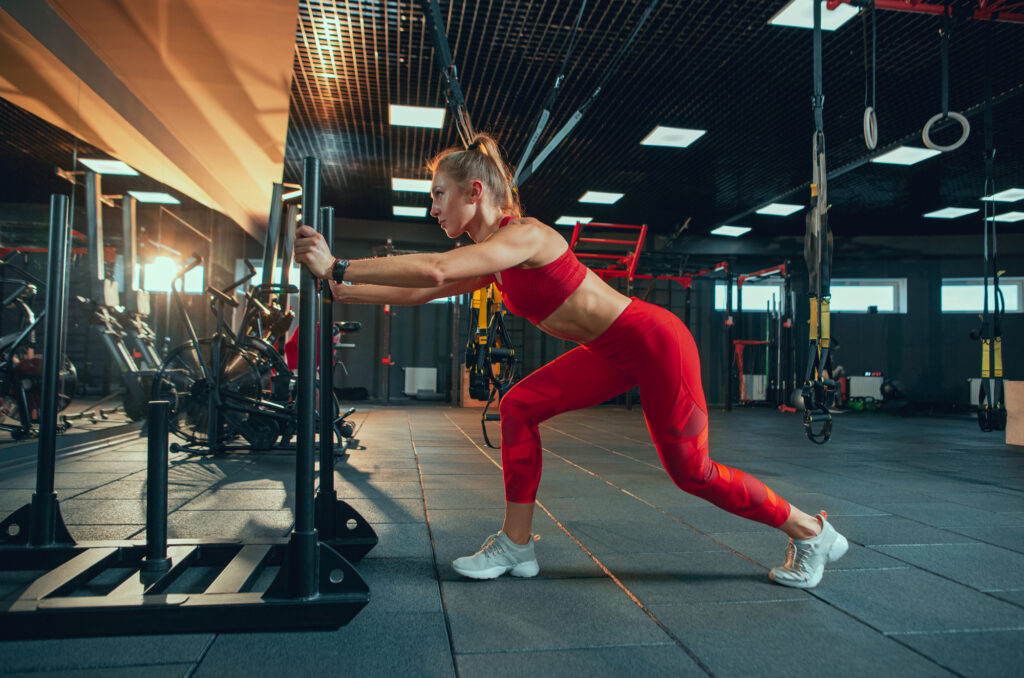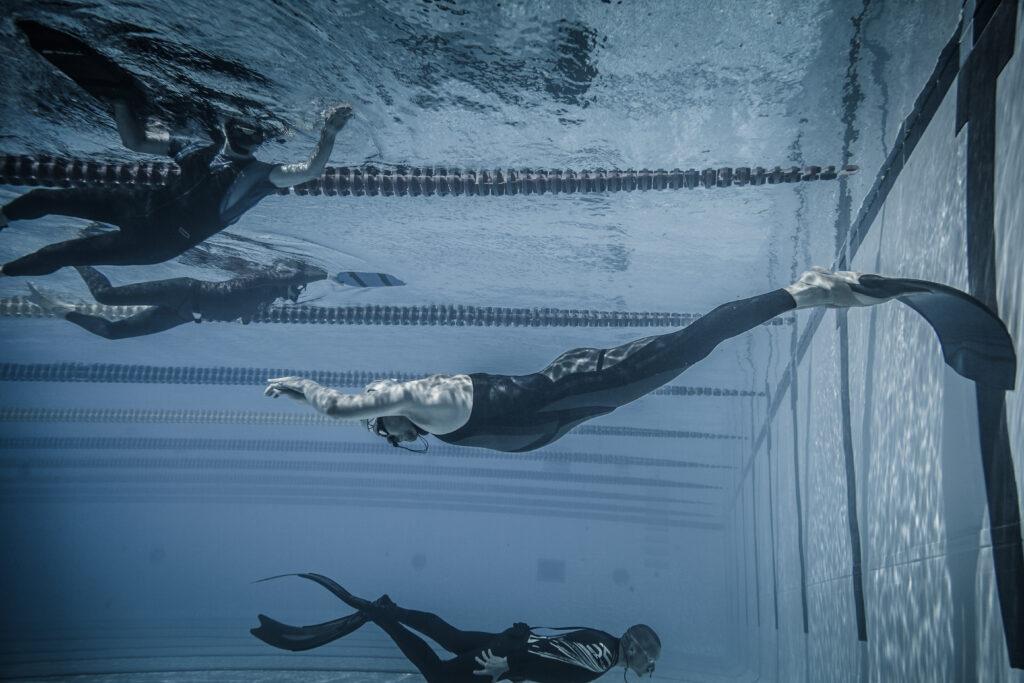Improving middle and long distance swimming times can be a challenging task, but with the right approach, it is achievable. In this article, we will provide you with some tips and strategies to help you improve your swimming performance and achieve your goals.
To begin with, it’s important to understand the demands of middle and long distance swimming. These events require a combination of speed, endurance, and technique. Therefore, to improve your times, you need to focus on physical conditioning, swimming technique, nutrition, hydration, rest and recovery, and mental preparation.
Physical conditioning is crucial for improving your swimming performance. You need to build your endurance, strength, and power to swim faster and longer. Additionally, you need to work on your swimming technique to reduce drag and increase efficiency. Proper nutrition, hydration, and rest are also essential for optimal performance. Finally, mental preparation is crucial for competitive swimming, as it helps you stay focused, motivated, and confident.
Key Takeaways
- Improving middle and long distance swimming times requires a combination of physical conditioning, swimming technique, nutrition, hydration, rest and recovery, and mental preparation.
- To improve your times, focus on building endurance, strength, and power, reducing drag and increasing efficiency, eating a balanced diet, staying hydrated, getting enough rest, and developing mental toughness.
- Regular performance evaluation is important to track your progress and identify areas for improvement.
Understanding Middle and Long Distance Swimming
When it comes to middle and long distance swimming, the key to success is having a well-rounded approach that includes a combination of endurance, strength, and technique. In this section, we will explore what middle and long distance swimming entails and how to improve your times.
What is Middle and Long Distance Swimming?
Middle and long distance swimming involves races that are longer than 200 meters, with distances ranging from 400 meters to 1500 meters and beyond. These races require a different approach than sprint races, as they require a combination of endurance and speed.
To be successful in middle and long distance swimming, you need to have a good aerobic capacity, which means your body can efficiently use oxygen to produce energy. This requires training your cardiovascular system through regular swimming and other forms of aerobic exercise.
How to Improve Your Middle and Long Distance Swimming Times
Improving your middle and long distance swimming times requires a combination of training, technique, and nutrition. Here are some tips to help you improve:
- Train regularly: To improve your endurance, you need to swim regularly. Aim for at least three to four sessions per week, with each session lasting at least an hour.
- Incorporate interval training: Interval training involves swimming at a high intensity for a set period, followed by a period of rest or lower intensity swimming. This type of training can help improve your endurance and speed.
- Focus on technique: Good technique is essential for efficient swimming. Work on your body position, breathing, and stroke technique to reduce drag and improve your efficiency in the water.
- Fuel your body: Proper nutrition is essential for optimal performance. Make sure you are eating a balanced diet that includes plenty of carbohydrates, protein, and healthy fats.
- Rest and recover: Rest and recovery are just as important as training. Make sure you are getting enough sleep and taking rest days to allow your body to recover and repair.
By following these tips, you can improve your middle and long distance swimming times and become a more efficient and effective swimmer.
Physical Conditioning for Improved Times
To improve middle and long distance swimming times, physical conditioning is essential. Physical conditioning for swimmers can be defined as the physical and physiological development of swimmers for elite and enhanced performance in the water. In this section, we will discuss two key aspects of physical conditioning: strength training and endurance training.
Strength Training
Strength training is an important part of physical conditioning for swimmers. It can help to improve power, speed, and overall swimming performance. When designing a strength training programme for swimmers, it is important to focus on exercises that target the major muscle groups used in swimming, such as the shoulders, back, and legs.
Some effective strength training exercises for swimmers include:
- Lat pulldowns
- Bench press
- Squats
- Deadlifts
- Pull-ups
- Lunges
It is important to note that strength training should be done in conjunction with swimming training, not in place of it. Swimmers should aim to incorporate strength training into their overall training programme, with a focus on exercises that target the specific muscle groups used in swimming.
Endurance Training
Endurance training is another important aspect of physical conditioning for swimmers. It can help to improve cardiovascular fitness, endurance, and overall swimming performance. When designing an endurance training programme for swimmers, it is important to focus on exercises that simulate the demands of swimming, such as long-distance swimming and interval training.
Some effective endurance training exercises for swimmers include:
- Long-distance swimming
- Interval training
- Fartlek training
- Hill sprints
- Plyometrics
It is important to note that endurance training should be done in conjunction with swimming training, not in place of it. Swimmers should aim to incorporate endurance training into their overall training programme, with a focus on exercises that simulate the demands of swimming.
In conclusion, physical conditioning is essential for improving middle and long distance swimming times. By incorporating strength training and endurance training into their overall training programme, swimmers can improve their power, speed, cardiovascular fitness, and overall swimming performance.
Swimming Techniques for Speed
When it comes to improving middle and long distance swimming times, mastering proper swimming technique is essential. In this section, we will cover two important sub-sections that can help you improve your swimming speed: Stroke Efficiency and Breathing Techniques.
Stroke Efficiency
Improving your stroke efficiency can make a significant difference in your swimming times. Here are some tips to help you swim more efficiently:
- Maintain proper body position: Keep your body straight and horizontal in the water to reduce drag and improve your speed.
- Use a high elbow position: Keep your elbows high during your stroke to improve your arm pull and reduce drag.
- Use a long stroke: Reach forward as far as possible with each stroke to maximize your distance per stroke.
- Use a two-beat kick: Use a two-beat kick to conserve energy and maintain a steady pace during long-distance swims.
- Keep fingers slightly open and hands cupped: This will help you grab and pull more water with each stroke.
Breathing Techniques
Proper breathing techniques can help you maintain your energy levels and swim more efficiently. Here are some tips to help you breathe more effectively:
- Breathe bilaterally: Breathing on both sides of your body can help you maintain a balanced stroke and reduce muscle fatigue.
- Exhale underwater: Exhale slowly underwater to avoid losing too much air during your swim.
- Maintain a neutral head position: Keep your head in a neutral position with your eyes looking down to maintain proper body alignment and reduce drag.
- Practice your breathing rhythm: Practice your breathing rhythm during training to ensure that you can maintain it during competitions.
By focusing on improving your stroke efficiency and breathing techniques, you can make significant progress in improving your middle and long distance swimming times. Keep practicing and refining your technique, and you will see the results in your performances.
Nutrition and Hydration for Swimmers
As swimmers, we know that nutrition and hydration play a crucial role in improving our middle and long distance swimming times. In this section, we will discuss the importance of a balanced diet and proper hydration for swimmers.
Balanced Diet
A balanced diet is essential for swimmers to maintain a healthy body weight and provide the necessary nutrients for optimal performance. It is recommended that we consume a variety of foods from all the major food groups, including:
- Carbohydrates: These provide the energy needed for swimming and should make up the majority of our diet. Good sources include whole grains, fruits, and vegetables.
- Protein: This is necessary for muscle repair and growth. Good sources include lean meats, fish, beans, and tofu.
- Fats: These provide energy and aid in the absorption of certain vitamins. Good sources include nuts, seeds, avocado, and oily fish.
- Vitamins and minerals: These are essential for overall health and can be found in a variety of foods, including leafy greens, fruits, and dairy products.
It is important to note that swimmers have higher energy requirements than the average person due to the intense nature of swimming. Therefore, we may need to consume more calories than others to maintain our energy levels.
Proper Hydration
Proper hydration is crucial for swimmers to maintain optimal performance and prevent dehydration. We lose a significant amount of fluid during swimming, and it is important to replace it to avoid fatigue and cramping. Here are some tips for proper hydration:
- Drink water before, during, and after swimming.
- Avoid sugary drinks and excessive caffeine, as they can dehydrate the body.
- Consider sports drinks that contain electrolytes, especially during longer swims.
- Monitor your urine colour – it should be light yellow to clear, indicating proper hydration.
It is important to note that swimmers have different hydration needs depending on the intensity and duration of their swims. Therefore, it is important to listen to your body and adjust your hydration accordingly.
In conclusion, a balanced diet and proper hydration are essential for swimmers to improve their middle and long distance swimming times. By consuming a variety of nutrient-dense foods and staying properly hydrated, we can optimise our performance and achieve our goals in the pool.
Importance of Rest and Recovery
Rest and recovery are essential components of any training program, especially for middle and long-distance swimmers. Adequate rest and recovery can help prevent injury, reduce fatigue, and improve overall performance. In this section, we will discuss the importance of rest and recovery for swimmers and provide tips on how to incorporate these practices into your training routine.
Sleep
Sleep is one of the most important components of rest and recovery. During sleep, the body repairs and regenerates tissues, including muscle tissue. Sleep also helps to reduce inflammation and improve immune function, which can help prevent illness and injury.
As a middle or long-distance swimmer, it is important to get enough sleep to allow your body to recover properly. The amount of sleep needed varies from person to person, but most adults need between 7-9 hours of sleep per night. If you are training intensely, you may need even more sleep to allow your body to recover fully.
To improve the quality of your sleep, try to establish a regular sleep routine by going to bed and waking up at the same time each day. Avoid using electronic devices before bed, as the blue light emitted by these devices can interfere with sleep. You can also try relaxation techniques, such as deep breathing or meditation, to help you fall asleep more easily.
Active Recovery
Active recovery refers to low-intensity exercise or movement that helps to promote blood flow and reduce muscle soreness. Active recovery can include activities such as walking, cycling, or swimming at a low intensity.
Incorporating active recovery into your training routine can help to reduce muscle soreness and improve overall recovery. Active recovery can also help to prevent injury by promoting blood flow to the muscles and reducing inflammation.
To incorporate active recovery into your training routine, try adding low-intensity exercise or movement on your rest days. For example, you could go for a walk or swim at a low intensity. You could also try incorporating stretching or yoga into your routine to help promote flexibility and reduce muscle soreness.
Overall, rest and recovery are essential components of any training program, especially for middle and long-distance swimmers. By prioritising sleep and incorporating active recovery into your routine, you can help to prevent injury, reduce fatigue, and improve overall performance.
Mental Preparation for Competitive Swimming
As much as swimming is a physical sport, it is also a mental game. Mental preparation is just as important as physical preparation when it comes to improving middle and long distance swimming times. Here are some tips to help you mentally prepare for your next competition.
Goal Setting
Setting goals is the first step in mental preparation. Goals give us something to work towards and help us stay motivated. When setting goals, it is important to make them SMART: Specific, Measurable, Attainable, Relevant, and Time-bound.
Specific goals are clear and well-defined. Measurable goals can be tracked and measured. Attainable goals are realistic and achievable. Relevant goals are aligned with your values and priorities. Time-bound goals have a deadline.
Here are some examples of SMART goals for competitive swimmers:
- Swim 200m freestyle in under 2 minutes by the end of the season
- Improve my stroke technique by attending two swim clinics this year
- Qualify for the regional championships by the end of the season
Mental Toughness
Mental toughness is the ability to stay focused, motivated, and confident in the face of adversity. It is a key component of mental preparation for competitive swimming. Here are some tips for developing mental toughness:
- Practice positive self-talk: Use positive affirmations to boost your confidence and motivation. For example, “I am strong and capable” or “I can do this”.
- Visualise success: Visualise yourself achieving your goals and performing at your best. This can help you stay focused and motivated during training and competition.
- Embrace challenges: Challenges are opportunities for growth and improvement. Embrace them and use them as motivation to push yourself harder.
- Stay present: Focus on the present moment and avoid getting distracted by past mistakes or future worries. This can help you stay calm and focused during competition.
By setting SMART goals and developing mental toughness, you can improve your middle and long distance swimming times. Remember, mental preparation is just as important as physical preparation in competitive swimming.
Regular Performance Evaluation
To improve our middle and long distance swimming times, it is important to regularly evaluate our performance. This can help us identify areas of improvement and adjust our training accordingly. We recommend two methods of performance evaluation: Time Trials and Professional Coaching.
Time Trials
Time trials are a great way to assess our progress and identify areas for improvement. By recording our times for specific distances, we can track our progress over time and identify any plateaus or declines in performance. It is important to conduct time trials regularly, ideally once a month, to ensure we are on track to achieving our goals.
To conduct a time trial, we recommend the following steps:
- Warm up thoroughly before starting the trial.
- Choose a distance that is appropriate for our current level of fitness.
- Swim the distance as fast as possible, recording our time.
- Rest for a few minutes before repeating the trial to ensure accuracy.
- Record our times in a logbook or spreadsheet to track progress over time.
Professional Coaching
Professional coaching can also be a valuable tool for performance evaluation. A coach can provide objective feedback on our technique, training plan, and overall performance. They can identify areas for improvement and suggest adjustments to our training plan to help us reach our goals.
When selecting a coach, it is important to choose someone with experience in middle and long distance swimming. We recommend interviewing potential coaches to ensure they are a good fit for our needs and goals. Some questions to ask may include:
- What is your coaching philosophy?
- What experience do you have coaching middle and long distance swimmers?
- How do you evaluate performance and adjust training plans accordingly?
- What are your rates and availability?
Overall, regular performance evaluation is crucial for improving our middle and long distance swimming times. Time trials and professional coaching are two effective methods for evaluating our performance and identifying areas for improvement. By incorporating these methods into our training plan, we can make progress towards our goals and achieve our full potential in the pool.
Frequently Asked Questions
What are some effective land-based exercises to improve endurance for middle and long distance swimming?
There are several exercises that can help improve endurance for middle and long distance swimming. Running, cycling, and rowing are all great options for building cardiovascular fitness. Strength training exercises such as squats, lunges, and deadlifts can also help build the muscles needed for swimming. Incorporating high-intensity interval training (HIIT) into your workouts can also help improve endurance and overall fitness.
How can I improve my technique for long distance swimming?
Improving your technique for long distance swimming is crucial for reducing fatigue and improving overall performance. Some key tips include maintaining a neutral head position, keeping your fingers slightly open and hands cupped, and breathing correctly. It is also important to focus on maintaining a steady pace and conserving energy throughout the swim.
What are some common reasons for poor swimming endurance and how can I address them?
Poor swimming endurance can be caused by a variety of factors, including lack of training, poor technique, and inadequate nutrition or hydration. To address these issues, it is important to follow a structured training plan that includes both swimming and land-based exercises. Improving technique through drills and seeking feedback from a coach can also help. Additionally, ensuring that you are properly fuelled and hydrated before and during training and competition can help improve endurance.
What are some effective training plans for a 20km swim?
Training for a 20km swim requires a structured and progressive plan that gradually builds endurance and focuses on technique. A typical training plan may include several swims per week, with gradually increasing distances and intensities. It is also important to incorporate land-based exercises such as running and strength training to build overall fitness and endurance.
What are some recommended training sets for improving long distance swimming?
Training sets for improving long distance swimming should focus on building endurance and improving technique. Some effective sets include long, steady swims at a moderate pace, interval sets with varying distances and intensities, and drills to improve technique and efficiency in the water.
How can I best prepare for a 3.8km swim event?
Preparing for a 3.8km swim event requires a combination of training, nutrition, and mental preparation. It is important to follow a structured training plan that gradually builds endurance and focuses on technique. Additionally, ensuring that you are properly fuelled and hydrated before and during the event can help improve performance. Mental preparation, such as visualisation and positive self-talk, can also help reduce anxiety and improve focus during the event.

